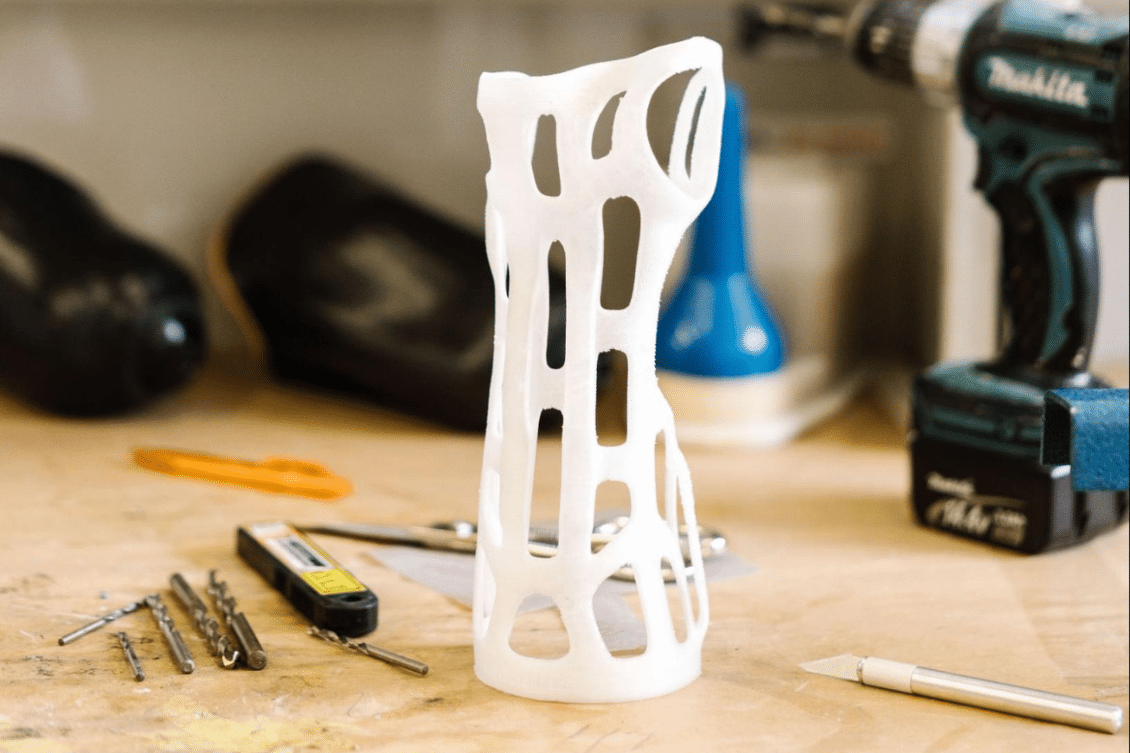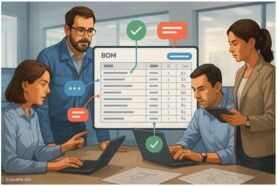
In a changing landscape, the demands placed on businesses continue to evolve. Today, customers expect products to be available when they want them, with little tolerance for longer lead time. In a world where consumers want everything instantly, the supply chain has had to adapt to support this. This is where on-demand manufacturers have emerged as a solution.
As customers are moving towards agile development, they need to follow processes and work with suppliers that can support them. When it comes to purchasing parts, manufacturers demand quick responses during the prototype process. Off-the-shelf components have always been straightforward and there are a number of distributors that can support you. But how about custom parts?
In this blog post, we will look at whether or not on-demand manufacturing is the right solution for you to purchase your custom parts.
What is On-Demand Manufacturing
On-demand manufacturing is a manufacturing system in which parts are only made when needed and usually in small quantities. On-demand manufacturing looks at making parts when there is a demand rather than the traditional manufacturing method of making products based on forecasts.
The business models of on-demand manufacturing and traditional manufacturing are different. On-demand manufacturing looks to get the part to you as quickly as possible which increases the costs. Traditional manufacturing looks to help you scale production efficiently which can slow down the manufacturing process.
The goal of on-demand manufacturing is to help engineers and product developers to create custom parts quicker than you can by traditional manufacturing. Procuring custom parts is also more of a burden. The specifications and product data of the custom parts need to be passed over to the supplier so they can fully understand everything.
So, procuring custom parts makes sense for prototypes to support agile development. But what about in production? Is it really worth paying a lot more for parts that can be cheaper through purchasing from a traditional contract manufacturer?
According to All3DP, here is a list of companies that you can contact today for on-demand manufacturing: Craftcloud, Shapeways, Sculpteo, Xometry, Protolabs, Hubs, Materialise OnSite, and Fast Radius.
The space of On-Demand manufacturing is expanding with vendors that exist for a long time and new vendors and new vendors, such as MFG, Jiga, ManuFuture, ZYCI, Stratasys Direct, Rapid Direct, JawsTec, and others.
Why are Purchasing Custom Parts More of a Challenge
There are a number of reasons why procuring custom parts is more challenging than off-the-shelf parts. However, what on-demand manufacturers are trying to accomplish is to create a user experience that is very similar to purchasing parts on McMaster, Digikey, etc….
However, there are still challenges associated with purchasing custom parts. Here are the top pains of procuring custom parts and the solution or drawbacks on-demand manufacturers can offer.
Longer Lead Times
When procuring custom parts, the amount of time needed is going to be longer. This is because you need to procure the materials and open up tools (if necessary) before you can begin. The goal of on-demand manufacturers is to get the number of days needed to procure parts as close to same-day delivery as possible.
As a result of these quick lead times with on-demand manufacture, you’ll need to sacrifice something. That usually is the cost.
Higher Costs
Procuring custom parts will be higher than an off-the-shelf component. The supplier manufacturing these off-the-shelf components is made to stock. These suppliers make these parts based on historical demand and sales forecasts. There are also an infinite amount of people who will buy off-the-shelf parts. While on the other hand, custom parts are made for a specific person.
During the prototype phase, you can justify paying more for a part in order to get it quicker. However, things might change in production.
Limited Suppliers
Searching for suppliers who can make your custom parts is a long and difficult process. You need to vet and verify multiple suppliers based on your parts requirements.
On-demand manufacturers eliminate the need for you to do this. These companies have a pool of suppliers who can support the fabrication process necessary in order to make your custom part.
What’s Right for Me?
The question of whether or not on-demand manufacturing is the right choice for procuring your custom parts all depends on your current stage of development and the demand required. To better support agile development, on-demand manufacturers can provide the support needed. However, during mass production, you will need to analyze the investments needed for traditional manufacturing methods and your forecasted volume.
Regardless, making sure all of your product data is organized is necessary to proceed to procure any parts, whether it’s through traditional manufacturing or on-demand manufacturing.
At OpenBOM, we help manufacturing companies organize their manufacturing data that is easily shared with their team, suppliers, and contractors. Improve efficiency in your product development and manufacturing processes with OpenBOM.
Register for free and see how OpenBOM can help you today.
Best,
Jared Haw
Join our newsletter to receive a weekly portion of news, articles, and tips about OpenBOM and our community.










